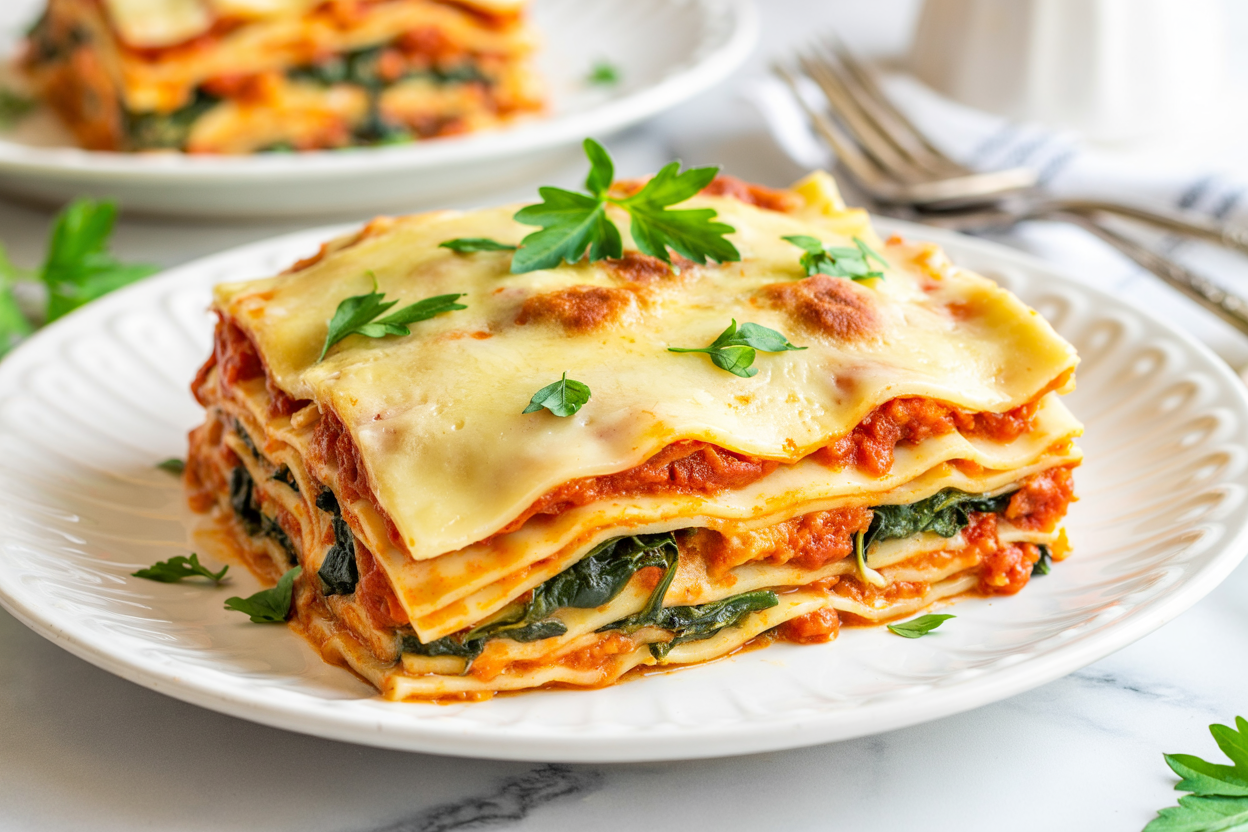Introduction:
Mastering the art of drawing a wave can be a challenging yet rewarding experience. Waves are a common subject in art, symbolizing the beauty and power of nature. With the right techniques and practice, anyone can learn how to draw a wave with ease. In this article, we will explore 10 easy wave drawing ideas that can help you improve your skills and create stunning wave illustrations. Whether you are a beginner or an experienced artist, these ideas will inspire you to take your wave drawings to the next level. So grab your pencil and paper, and let’s dive into the world of wave drawing!
1. How To Draw A Wave For Kindergarten
To teach kindergarteners how to draw a wave, start by showing them how to draw a simple curved line on a piece of paper. Explain that waves are like big, curvy lines that go up and down. Encourage the children to practice drawing their own waves, making them bigger or smaller, and adding more curves if they want. You can also use different colors to make their waves more vibrant and fun. Remember to praise their efforts and creativity to build their confidence in drawing waves.
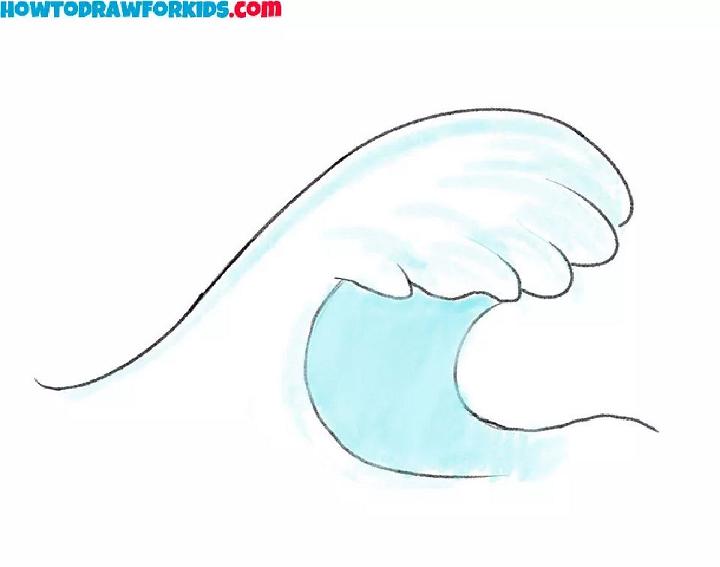
source: howtodrawforkids.com
2. Easy Wave Drawing
Creating a simple wave drawing can be a fun and relaxing activity. Start by drawing a curved line to represent the top of the wave. Then, add a series of smaller curved lines underneath to show the ripples in the water. You can also add some lines above the wave to depict the wind blowing over the water. Feel free to get creative with colors and shading to make your wave drawing truly unique. Whether you’re a beginner or an experienced artist, drawing waves is a great way to practice your skills and unleash your creativity.
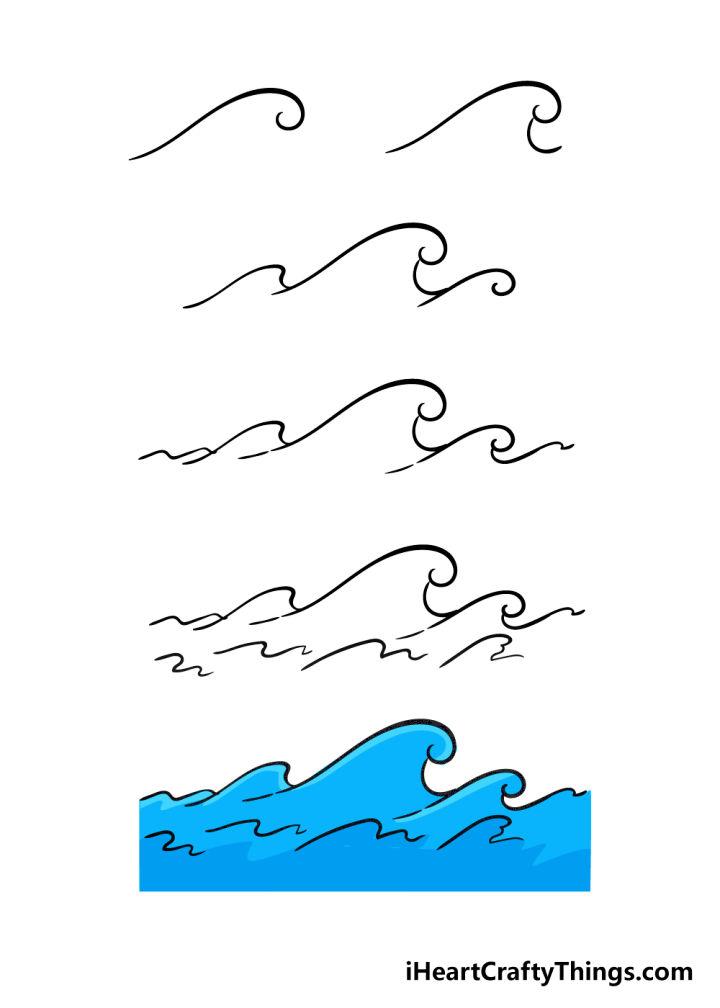
source: iheartcraftythings.com
3. Simple Wave Drawing
Creating a simple wave drawing can be a fun and relaxing activity. By starting with a horizontal line and adding curves and loops to it, you can easily create the image of an ocean wave. Adding details like foam or seagulls can bring your drawing to life. The beauty of a wave drawing lies in its simplicity – just a few lines can capture the movement and essence of the ocean. Whether you’re an experienced artist or just looking to try something new, creating a simple wave drawing can be a great way to express your creativity.
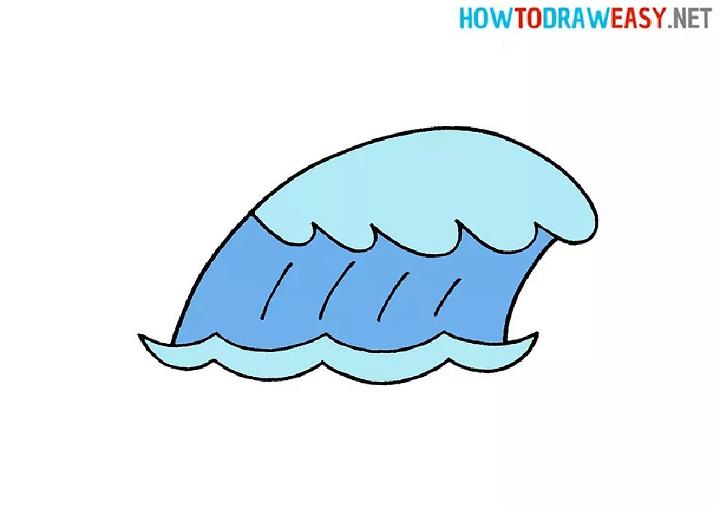
source: howtodraweasy.net
4. The Great Wave Drawing
One of the most iconic pieces of Japanese art, The Great Wave Drawing by Hokusai, is a stunning depiction of a powerful wave towering over boats and fishermen. The intricate details in the drawing, from the foam of the wave to the curvature of the boats, showcase Hokusai’s incredible skill as an artist. The dynamic composition and use of contrasting elements like the fragile boats against the might of the wave create a sense of tension and drama in the piece. The Great Wave Drawing is not only a beautiful work of art but also a testament to the enduring legacy of Japanese art and culture.
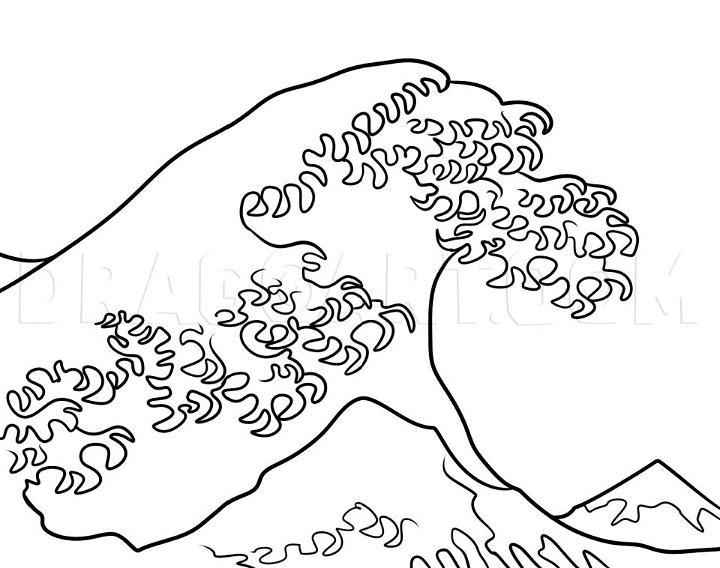
source: dragoart.com
5. How To Draw Waves
To draw realistic waves, start by sketching the basic shape of the wave using curved lines. Add detail by drawing frothy white caps at the top of the wave and shading in the darker areas underneath. Use varying line thickness and direction to create the movement and texture of the water. Don’t forget to add some smaller waves in the background to give depth to your drawing. Experiment with different techniques such as cross-hatching and stippling to create a more dynamic and lifelike wave. Practice and observation of real waves will help you improve your drawing skills in capturing the beauty and power of the ocean.
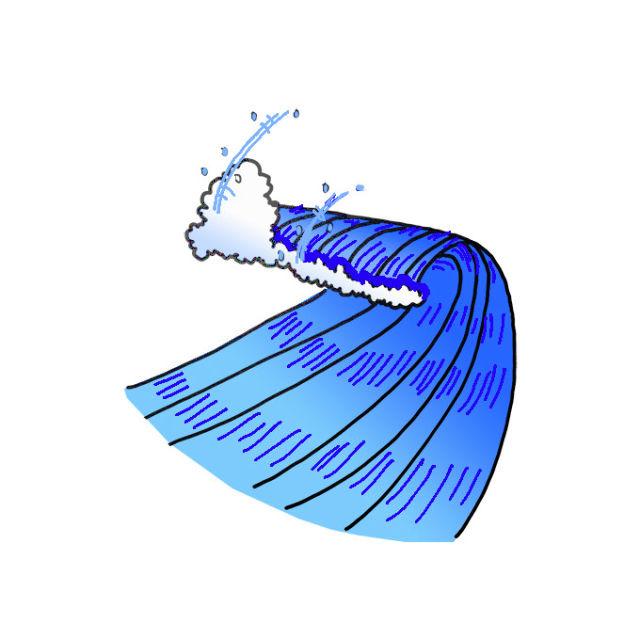
source: drawinghowtos.com
6. Creating Waves In Coloured Pencils
Using coloured pencils to create waves can be a fun and creative way to add movement and depth to your artwork. Start by selecting a range of blue shades to represent the water. Begin with a light blue for the base layer, then gradually add darker blues to create the illusion of depth and shadow. Use a blending tool or your fingers to blend the colours together smoothly. To add texture and detail to your waves, use a white coloured pencil to add highlights and foam. Experiment with different techniques such as layering, blending, and shading to achieve a realistic wave effect. With practice and patience, you can create stunning waves in coloured pencils that bring your artwork to life.

source: www.stepbystepart.co.uk
7. How to Draw Waves Step by Step
To draw waves step by step, start by sketching the outline of the wave with a light pencil. Add some details like the foam and spray at the top of the wave. Next, add some curved lines within the wave to indicate movement and depth. Use shading to create a sense of light and shadow on the wave, making it look more realistic. Finally, add some finishing touches like highlights to make the wave pop. Remember to practice and experiment with different techniques to improve your wave drawing skills. With patience and practice, you can create beautiful and realistic waves in your artwork.
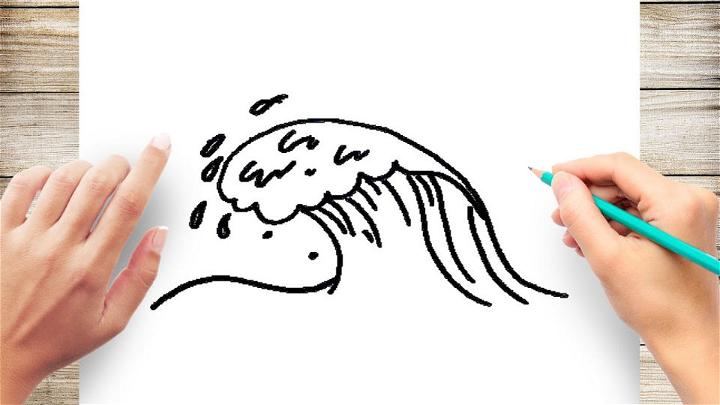
8. Simple Wave Drawing
can be a fun and relaxing activity. With just a few simple lines and curves, you can create a beautiful and calming wave design. Start by sketching a gentle curve to represent the top of the wave, then add a series of smaller curves underneath to indicate the water’s movement. Experiment with different shapes and sizes to give your wave drawing a unique look. Whether you’re a beginner or an experienced artist, creating a simple wave drawing can be a great way to unwind and express your creativity.
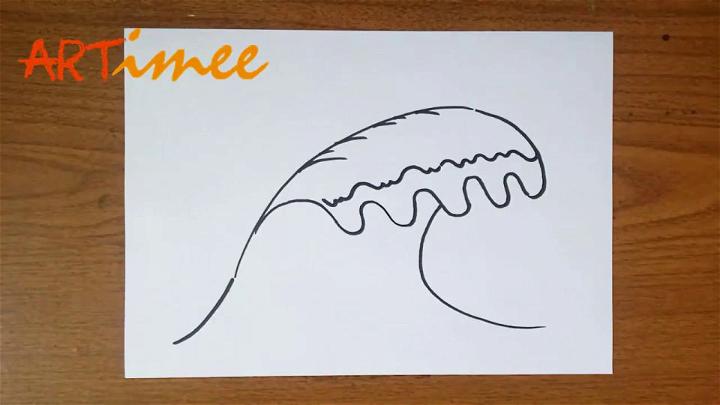
9. Draw a Breaking Wave
Breaking waves are a powerful and mesmerizing force of nature. As the wave reaches its peak and begins to crash down, it creates a spectacular display of energy and movement. The water curls and froths, sending spray and foam in all directions. The sound of the wave breaking is thunderous and exhilarating, filling the air with a sense of both awe and excitement. Capturing the moment when a wave breaks in a drawing allows us to appreciate the beauty and raw power of the ocean in a single image.

10. Water Wave Drawing
can be a beautiful and calming form of art that captures the movement and energy of waves. Artists use various techniques such as shading, blending, and layering to create realistic depictions of water in motion. The play of light and shadow on the surface of the waves can be particularly challenging and rewarding to recreate. Whether using pencil, pen, or paint, water wave drawing offers a unique opportunity to explore the fluidity and grace of nature in an artistic way.
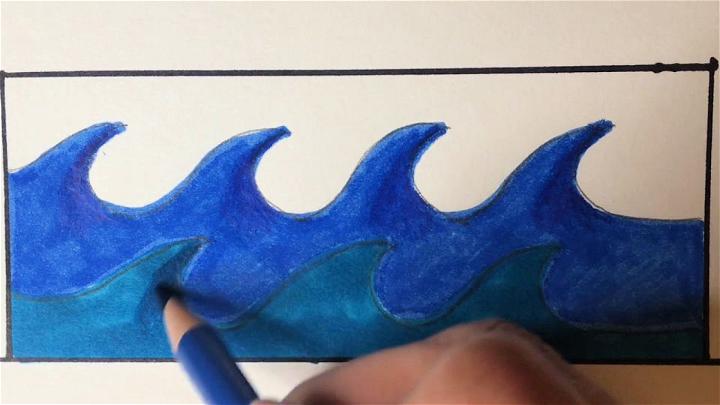
source: www.youtube.com
FAQ:
Q: How can I make my wave drawing look more realistic?
A: Adding shading and varying line thickness can help create a more realistic wave drawing.
Q: What tools do I need to draw a wave?
A: You can use pencils, pens, markers, or digital drawing tools to create a wave drawing.
Q: Can I draw a wave without any prior drawing experience?
A: Yes, with practice and following tutorials, you can learn to draw a wave even as a beginner.
Q: How can I add detail to my wave drawing?
A: You can add details such as foam, bubbles, or seagulls to enhance your wave drawing.
Conclusion:
Drawing waves can be a challenging but rewarding experience for any artist. By practicing these 10 easy wave drawing ideas, you can master the art of drawing a wave and improve your skills over time. Remember to pay attention to the details, such as the shape and movement of the wave, as well as the shading and highlights to create a more realistic and dynamic effect. With patience and dedication, you can create beautiful wave drawings that capture the essence of the ocean and its endless beauty.



